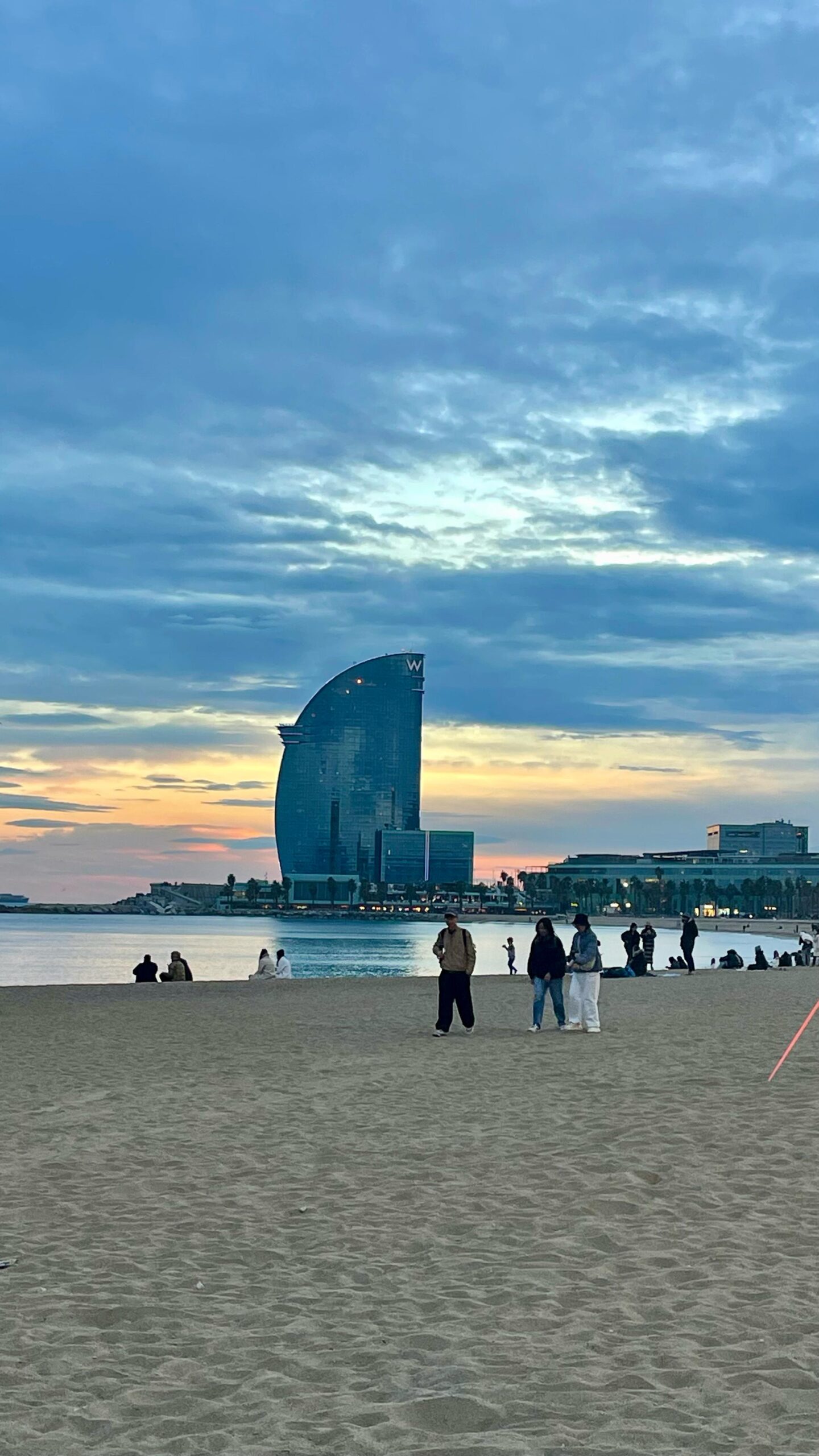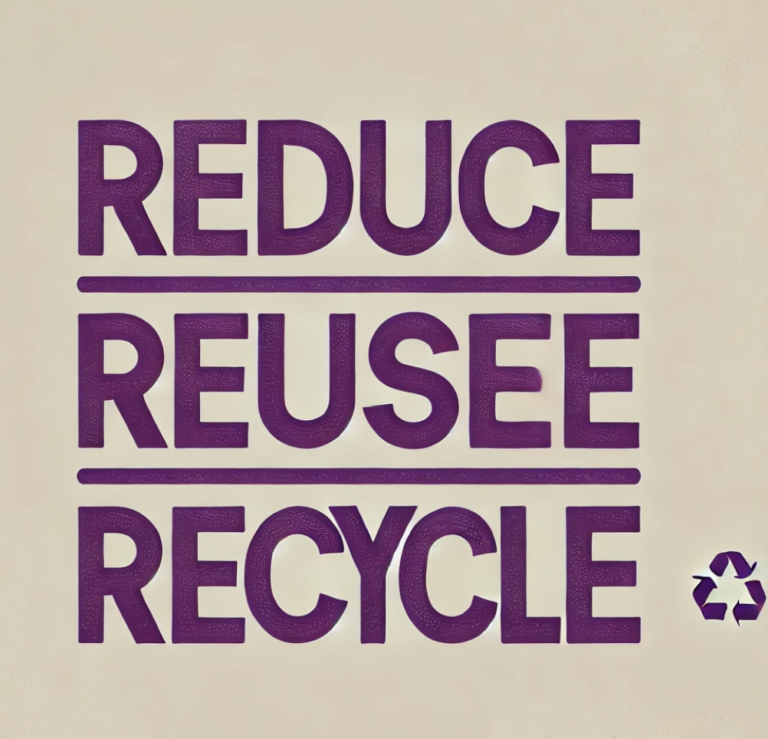Abstract
Barcelona’s coastal environment faces significant challenges due to sea pollution, including plastics, chemical contaminants, and nutrient overloads. This article explores the latest research on the issue and highlights innovative approaches that integrate scientific analysis, community engagement, and policy reform to mitigate pollution and promote a healthier marine ecosystem.
Introduction
Barcelona’s Mediterranean coastline has long been celebrated for its beauty and biodiversity. However, rapid urbanization, intensive tourism, and industrial activities have introduced a variety of pollutants into these waters. Recent research underscores the urgent need to reassess current practices and develop novel strategies to address these challenges. This article synthesizes findings from recent studies and discusses innovative approaches for reducing sea pollution in Barcelona.
Current Challenges in Barcelona’s Coastal Waters
- Plastic Pollution and Microplastics
- Overview:
Plastics are one of the most persistent pollutants, breaking down into microplastics that permeate marine ecosystems. - Recent Findings:
Studies indicate a steady increase in microplastic concentrations, which have been found in local seafood and water samples, raising concerns about ecosystem health and human exposure.
- Overview:
- Chemical Contaminants
- Overview:
Industrial discharges, urban runoff, and agricultural chemicals contribute to a range of harmful substances in the coastal waters. - Recent Findings:
Advanced chemical analyses have detected elevated levels of heavy metals and persistent organic pollutants, urging stricter industrial regulations and improved wastewater treatment.
- Overview:
- Nutrient Overload and Eutrophication
- Overview:
Excess nutrients from organic waste can lead to eutrophication, resulting in algal blooms that deplete oxygen and disrupt marine life. - Recent Findings:
Field surveys have linked nutrient overload during peak tourism seasons with periodic algal blooms, emphasizing the need for better management of sewage and runoff.
- Overview:
Innovative Research and Technological Approaches
- Real-Time Monitoring and Remote Sensing
- Technological Advances:
The integration of satellite imagery with in-situ sensors now enables continuous monitoring of pollutant levels. - Impact:
These real-time data streams help identify pollution hotspots, allowing for timely intervention and more targeted clean-up operations.
- Technological Advances:
- Bioremediation Techniques
- Research Focus:
Recent experiments have explored the use of specific microbial communities and algae to degrade plastics and neutralize chemical pollutants. - Potential:
Although still in the experimental phase, these bioremediation strategies offer promising, eco-friendly alternatives to conventional mechanical or chemical clean-up methods.
- Research Focus:
- Data-Driven Policy Formulation
- Approach:
Researchers are employing Geographic Information Systems (GIS) and predictive modeling to forecast pollution trends. - Policy Implications:
By linking research data with urban planning, policymakers can design targeted interventions, such as enhanced waste collection protocols and stricter industrial discharge standards.
- Approach:
Community and Stakeholder Engagement
- Citizen Science Initiatives
- Overview:
Community-driven projects, where residents participate in data collection and pollution monitoring, have emerged as a vital supplement to academic research. - Benefits:
These initiatives not only expand the scope of environmental data but also empower citizens to take ownership of local ecological challenges.
- Overview:
- Collaborative Partnerships
- Stakeholders:
Partnerships between local universities, environmental NGOs, municipal governments, and community groups are proving crucial. - Outcome:
Such collaborations foster interdisciplinary research and ensure that policy recommendations are informed by both scientific evidence and community needs.
- Stakeholders:
Future Directions and Recommendations
- Scaling Up Bioremediation Research:
Increased funding and pilot projects are needed to further explore microbial and algal solutions for degrading pollutants. - Enhanced Public-Private Partnerships:
Closer cooperation between industry, government, and civil society can lead to more comprehensive waste management and pollution prevention strategies. - Strengthening Regulatory Frameworks:
Leveraging real-time monitoring data to enforce environmental regulations can help reduce pollutant discharge from industrial and urban sources. - Expanding Citizen Science Programs:
Broadening community engagement in monitoring efforts will not only improve data collection but also build a culture of environmental stewardship.
Conclusion
Addressing sea pollution in Barcelona requires a multifaceted approach that combines advanced research, innovative technology, and robust community engagement. The promising findings from recent studies offer a roadmap for future interventions that could transform how the city manages its coastal environment. With continued collaboration between scientists, policymakers, and local residents, Barcelona can pioneer sustainable solutions to protect its marine ecosystems and enhance the quality of life for its inhabitants.




